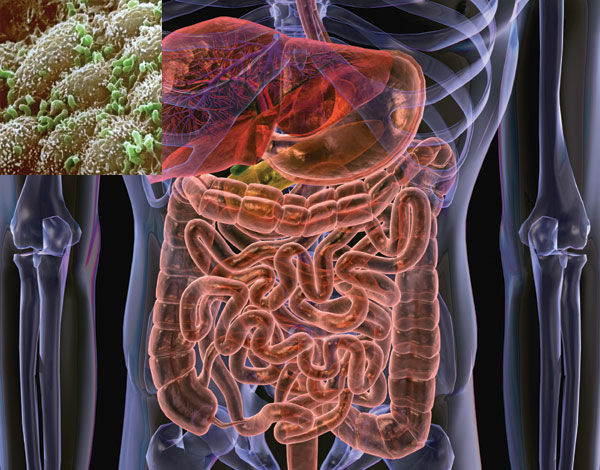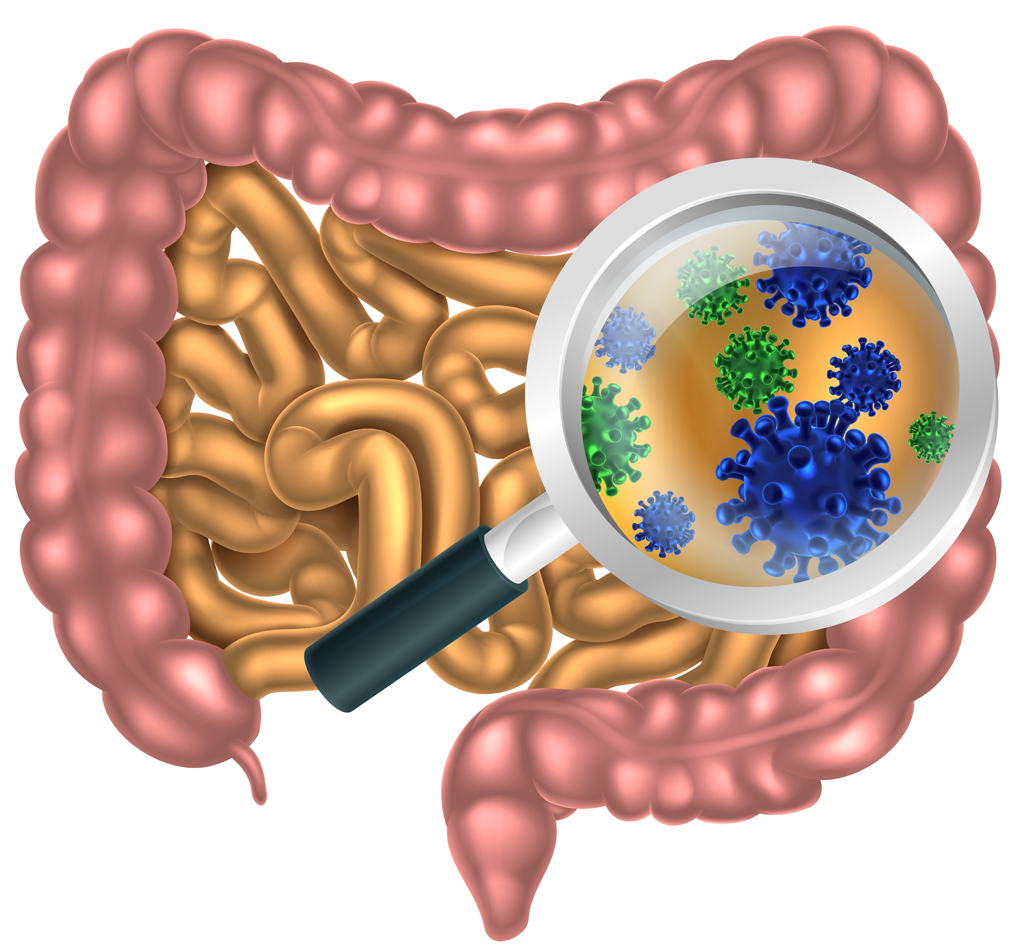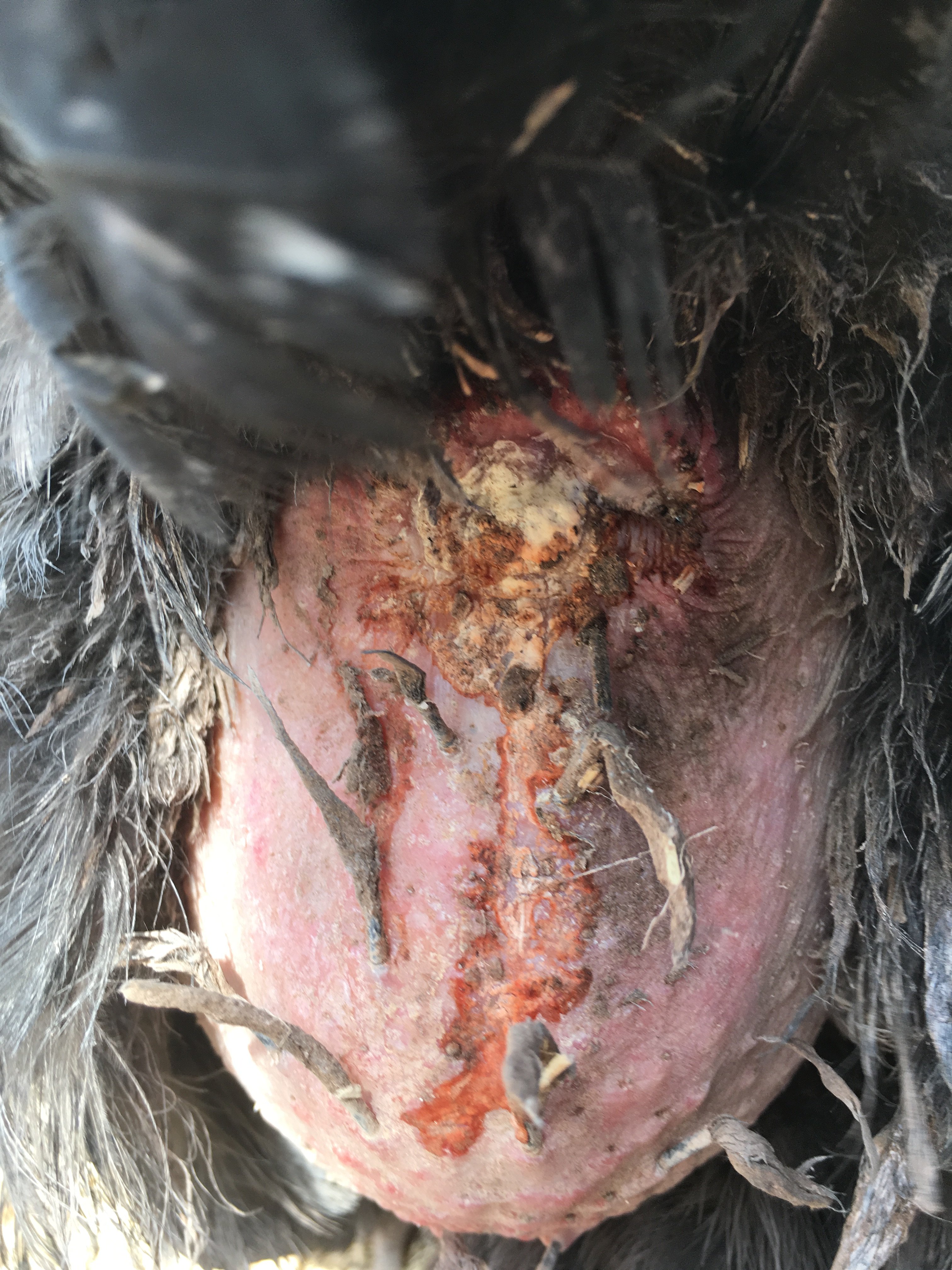Flora in the gut information
Home » » Flora in the gut informationYour Flora in the gut images are ready in this website. Flora in the gut are a topic that is being searched for and liked by netizens now. You can Find and Download the Flora in the gut files here. Get all royalty-free photos and vectors.
If you’re searching for flora in the gut pictures information connected with to the flora in the gut keyword, you have visit the ideal blog. Our website always gives you hints for refferencing the maximum quality video and image content, please kindly surf and locate more informative video content and images that fit your interests.
Flora In The Gut. Poor gut flora can also cause weak immunity, poor digestion, and even autoimmune disorders. Gut microbiota are the microorganisms including bacteria, and archaea that live in the digestive tracts of vertebrates including humans, and of insects. The terms “gut flora” and “gut microbiota” refer to the community of microorganisms that reside all along the digestive system. Gut flora is a complex ecological system formed by indigenous prokaryotic and eukaryotic microbial cells in the digestive tracts.
 Change Your Gut Flora and Lose Weight Health & Wellness From sott.net
Change Your Gut Flora and Lose Weight Health & Wellness From sott.net
Gut flora refers to the microorganisms residing in the digestive tract. Gut microbiota are the microorganisms including bacteria, and archaea that live in the digestive tracts of vertebrates including humans, and of insects. Gut flora can also help boost metabolism and help keep weight under control. This article explains how the intestinal flora is composed, how it looks in healthy people and. However, there is potential for these mechanisms to be disrupted as a result of an altered microbial composition, known. They also encode 100 times the number of genes (the metagenome) that a human possesses (the genome).
Variety is important for gut flora, but balance is also key.
Prebiotics and probiotics are known to have a role in prevention or treatment of some diseases. As the storage house for stool, your colon is filled with hundreds of different types of bacteria, which have specific jobs to do. See, the gastrointestinal (gi) tract, which starts in the mouth and ends at, let’s just call it “the other end,” is home to over 100 trillion bacteria, which is collectively known as the gut flora or gut microbiota. Certain harmful pathogens can set off autoimmune reactions in joints and other parts of the body, while the lack of healthy gut flora can cause intestinal permeability (aka leaky gut syndrome) which further contributes to autoimmunity. Gut microbiota have adapted to a symbiotic relationship with many animals. Gut flora can also help boost metabolism and help keep weight under control.
 Source: med.stanford.edu
Source: med.stanford.edu
Gut flora can also help boost metabolism and help keep weight under control. Organisms in the stomach are usually transient, and their populations are keptlow (103to 106/g of contents) by acidity. In a nutshell, a healthy balance of bacteria in the gut seems to be able to benefit just about every part of our health. They also encode 100 times the number of genes (the metagenome) that a human possesses (the genome). These microorganisms include hundreds of strains of bacteria, viruses, fungi, and protozoa.
 Source: mein-schoener-garten.de
Source: mein-schoener-garten.de
Gut flora refers to the microorganisms residing in the digestive tract. Variety is important for gut flora, but balance is also key. This article explains how the intestinal flora is composed, how it looks in healthy people and. Gut flora refers to the microorganisms residing in the digestive tract. See, the gastrointestinal (gi) tract, which starts in the mouth and ends at, let’s just call it “the other end,” is home to over 100 trillion bacteria, which is collectively known as the gut flora or gut microbiota.
 Source: sott.net
Source: sott.net
The bacteria living in the intestine consist of some 500 to 1000 different species. Gut flora refers to the microorganisms residing in the digestive tract. These microorganisms are generally harmless. What is gut flora and what are its three types? They contribute significantly to healthy digestion and protection against foreign and harmful bacteria.
 Source: thegoodnewstoday.org
Source: thegoodnewstoday.org
Mucin is a glycoprotein—a molecule that bonds glucose with amino acids. They play an important role in the protective, structural, and metabolic functioning of the gut. In a nutshell, a healthy balance of bacteria in the gut seems to be able to benefit just about every part of our health. They also encode 100 times the number of genes (the metagenome) that a human possesses (the genome). These microorganisms are generally harmless.
 Source: thehappiestbelly.com
Source: thehappiestbelly.com
Gut flora is the slang term given to both good and bad bacteria that live inside your digestive tract. Certain harmful pathogens can set off autoimmune reactions in joints and other parts of the body, while the lack of healthy gut flora can cause intestinal permeability (aka leaky gut syndrome) which further contributes to autoimmunity. Helicobacter pyloriis a potential stomach pathogen thatapparently plays a role in the formation of certain ulcer types. However, there is potential for these mechanisms to be disrupted as a result of an altered microbial composition, known. They number more than 10 times the number of cells in the human body, up to 100 trillion cells.
 Source: der-baikalsee.de
Source: der-baikalsee.de
These microorganisms include hundreds of strains of bacteria, viruses, fungi, and protozoa. Gut flora, also known as gastrointestinal flora, are the various microbes in our bodies ( microbiome ). The intestinal flora derives its energy and plastic nutrients not from food, but from mucin, which is secreted by healthy mucous membranes. Microbial flora of the stomach and gastrointestinal tract. The type and amount of bacteria present depend on their location in your body (small intestine versus colon).
 Source: club.omlet.co.uk
Source: club.omlet.co.uk
Organisms in the stomach are usually transient, and their populations are keptlow (103to 106/g of contents) by acidity. These microorganisms are generally harmless. Gut flora is a complex ecological system formed by indigenous prokaryotic and eukaryotic microbial cells in the digestive tracts. The benefits of the close relationship between the microorganisms and the host. Probiotics and prebiotics are known to have a role in prevention or treatment of some diseases.
 Source: bergwelten.com
Source: bergwelten.com
The terms “gut flora” and “gut microbiota” refer to the community of microorganisms that reside all along the digestive system. Poor gut flora can also cause weak immunity, poor digestion, and even autoimmune disorders. They contribute significantly to healthy digestion and protection against foreign and harmful bacteria. Nevertheless, bacteria are also useful in promotion of human health. The terms “gut flora” and “gut microbiota” refer to the community of microorganisms that reside all along the digestive system.
This site is an open community for users to do sharing their favorite wallpapers on the internet, all images or pictures in this website are for personal wallpaper use only, it is stricly prohibited to use this wallpaper for commercial purposes, if you are the author and find this image is shared without your permission, please kindly raise a DMCA report to Us.
If you find this site beneficial, please support us by sharing this posts to your favorite social media accounts like Facebook, Instagram and so on or you can also save this blog page with the title flora in the gut by using Ctrl + D for devices a laptop with a Windows operating system or Command + D for laptops with an Apple operating system. If you use a smartphone, you can also use the drawer menu of the browser you are using. Whether it’s a Windows, Mac, iOS or Android operating system, you will still be able to bookmark this website.
Category
Related By Category
- Cheap dog grooming information
- Best car restoration information
- All car restorations information
- Buy dog clothes online information
- Causes for childhood obesity information
- First aid courses london information
- Dream interpretation worms information
- First aid course toronto information
- Dash diet summary information
- Flatulence foods information